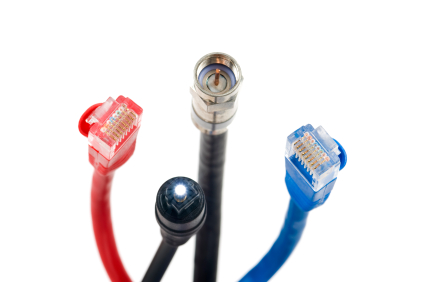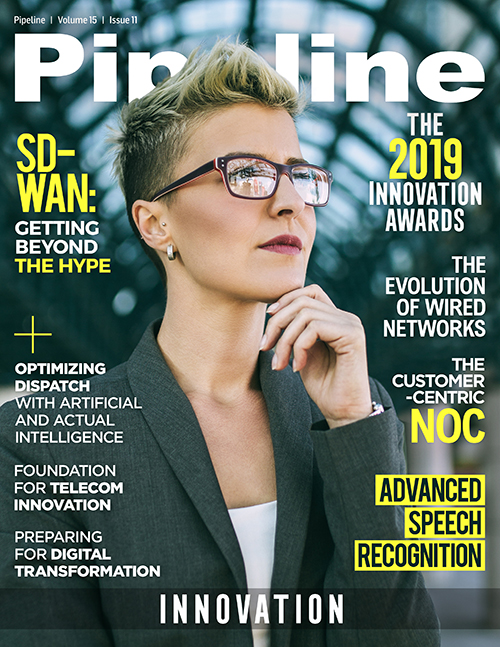The Evolution of Wired Networks for Digital Consumption
By: Mario Blandini

Nearly a century ago, cars overtook horses on city streets. In response, road networks evolved to better serve changing traffic types. Today, a similar disruption is happening in data networks, where new devices utilizing the network are more likely to connect wirelessly. From sensors to surveillance cameras to the devices employees and visitors bring with them to a building’s wired network, wireless is the fastest growing edge of any network.
The practice of network planning and design involves an ongoing and iterative process, where evolution is built in. One of the most important considerations in network design is forecasting data growth, which has historically been more of an art than a science. One corollary to Parkinson’s law is the observation that data expands to fill the space available to it. Digital consumption over wireless is expanding to fill available bandwidth in two dimensions. The first is the number of devices accessing the network and the second is the amount of data each device requires to satisfy the user.
Members of Generation X—as well as older professionals—can remember a simpler time when networks were designed almost exclusively to move data east-west between devices within the building or campus. The 10base5 and 10base2 technologies that served this traffic well have become obsolete in favor of new technologies that can accommodate higher bandwidth. Anyone reading this certainly understands from experience the complexity and cost associated with required cabling upgrades to deliver more bandwidth.
Fiber cabling infrastructure does not eliminate this consideration altogether. Its capacity to carry bandwidth, however, gives it a much longer usable lifespan compared to copper cabling. And it offers more longevity: new electronics can be connected to existing fiber in a building when evolving a wired network, in comparison to the forced upgrades for both network electronics and cabling when seeking the advantages of new generations of increased bandwidth. While there will certainly be a time when OS1 fiber will need to be replaced, it will likely happen long after Cat7 cable.
The shift to SaaS and mobile has resulted in traffic being nearly 100 percent north-south in a building, and further north to the Internet outside of the building. The shift of workloads from on-premise datacenters to the cloud have also contributed to this prevailing direction of user traffic on a network. This highlights another advantage of fiber in network design, where a single cable can carry traffic from the network edge to the location of the core, eliminating the need for tiers of switches and reducing the weight and size of cabling.
Passive Optical LAN (POL) is a positive example of technology designed to exceed today’s digital consumption requirements—or at a minimum move the constraint from the edge to the Internet connection of a building. POL has been around for some time, and adoption has accelerated over recent years, though it is still an emerging technology today compared to classic LAN design in buildings. When designing Passive Optical LANs, single mode fiber is the best choice largely based on its cost, which recently has become lower than that of modern copper cabling.





















